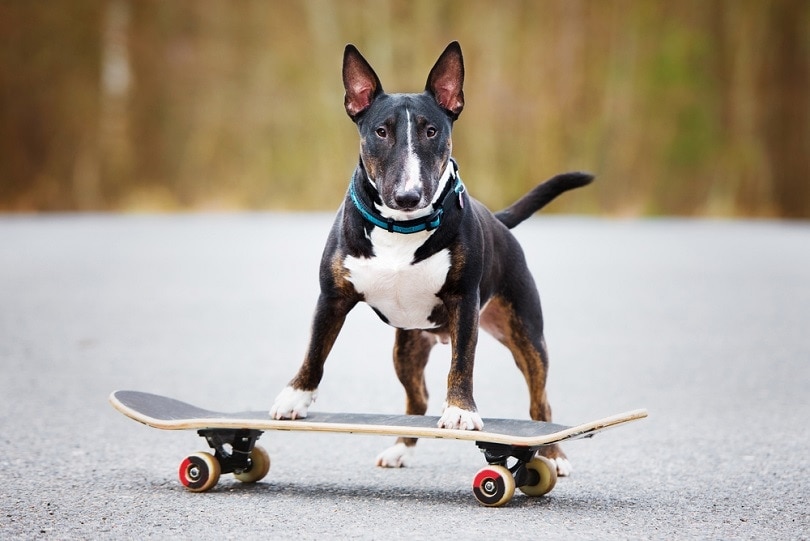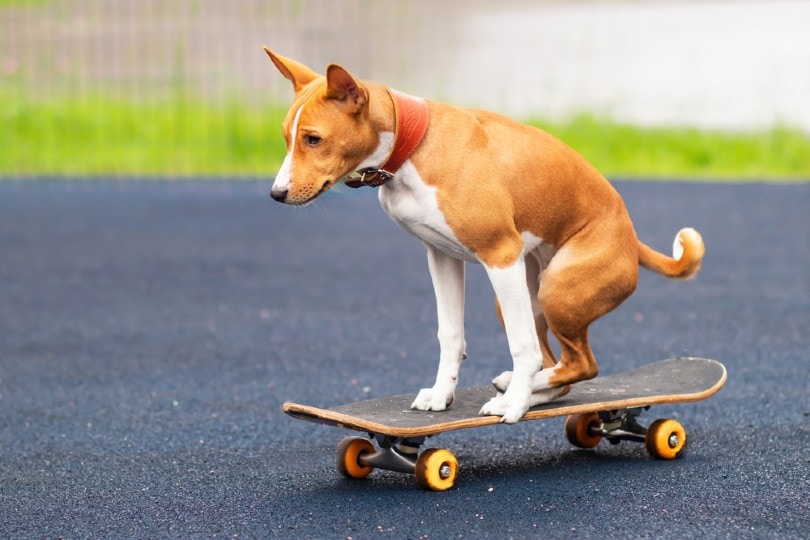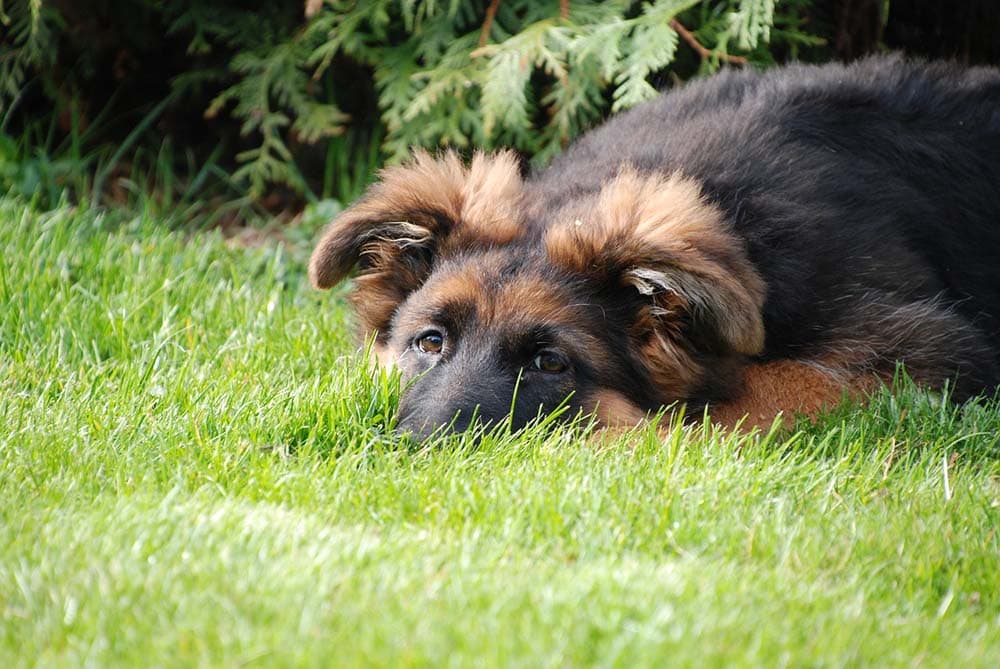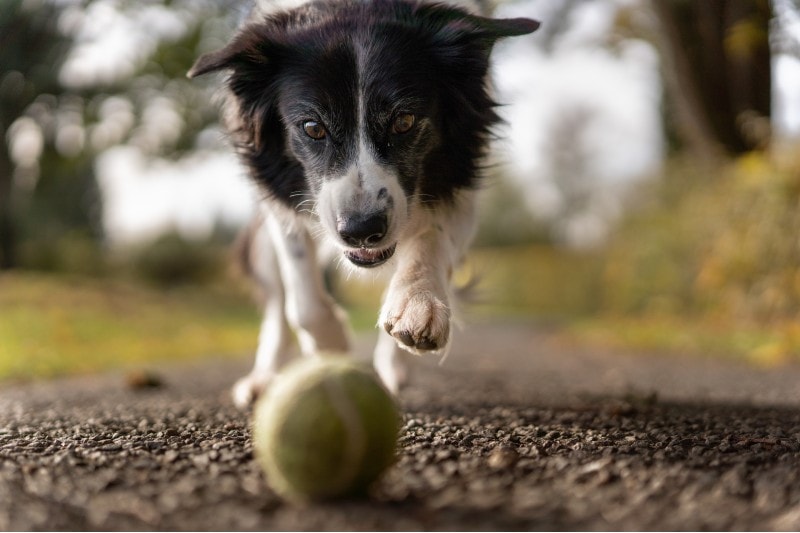How To Teach Your Dog To Skateboard in 6 Simple Steps
By Lorre Luther
Updated on

If you’re looking for a fun activity that you and your favorite four-footed companion will enjoy, why not consider teaching them to ride a skateboard? Not only will your dog enjoy it, but you’ll also be able to spend time together in style while you’re on the go! It’s the perfect way to get from place to place with your dog. Best of all, you’ll both get a bit of exercise and plenty of fresh air. Read on for more information about teaching your dog to skateboard.
Preliminaries
The most important thing to consider is whether this is an activity your dog will actually enjoy. Just because you think it’ll be fun and a great trick to impress your friends doesn’t mean your dog will enjoy the activity. While it’s possible to train just about any pup to ride a skateboard, some will enjoy the experience more than others. It’s ideal for outgoing dogs that enjoy the great outdoors and don’t mind cars, strangers, and loud noises. More sensitive dogs might find being in busy areas, particularly places with lots of traffic, a bit too stressful and might not enjoy the activity. It’s possible to begin teaching your dog to ride a skateboard right in the safety of your kitchen.

Step-by-Step Instructions To Teach Your Dog To Skateboard
While the amount of time required to teach your dog to skateboard varies, most dogs can pick up the basics anywhere from a few hours to a day. Remember to keep it fun and give your dog lots of time to master the new activity; the training process will ultimately take less time and be far easier. Below you’ll find step-by-step instructions on how to teach your dog to skateboard.
1. Find the Right Skateboard
If you want your dog to zip down the street next to you, you won’t be able to just put them on one of your old boards. It’s important to give them the right-sized equipment so they can balance themselves properly while using their paws to propel themselves. Look for a board that’s about 1-inch wider than the distance between the outer edges of your dog’s paws. Older models featuring ball bearings are ideal since they provide just the right resistance for doggie skateboarding.
2. Let Your Dog Explore Their New Toy
Give your dog plenty of time to become accustomed to their new skateboard. Put it down somewhere they can easily access and allow them plenty of time to sniff and explore the board. Offer praise and give your pet plenty of treats when you see them engaging with the board. Put the board away after a few minutes and let your dog do something else; it’ll increase their curiosity and desire to engage with the board again when it magically reappears.
3. Show Your Dog the Board in Action
Roll the skateboard around to show your dog that their new toy actually moves, but they may have already discovered this during the initial exploration period. Move the board from side to side at first and then away from your dog to encourage them to chase it. Hopefully, your pup will find the movement interesting enough that they’ll decide to jump on the board. If not, put your foot on the board to steady it, pick up your dog, place them on the skateboard, give them a few treats and then let nature take its course.
4. One Paw, Two Paws, Three Paws, and Then Four
Begin increasing the number of paws your dog needs to put on their skateboard before rewarding them. In the beginning, you’ll want to reward your dog when they put just one paw on the board. Once they’ve mastered that, start giving them treats when they put two paws on the board, and so on until they’re comfortable standing with all four paws on a stationary board.
5. Begin Moving the Board
Once your dog is comfortable standing on a stationary board, start rolling it slowly in one direction to get your pup accustomed to the motion. It’s normal for dogs to become unnerved by the movement at first, so expect your canine to jump off a few times. Give them a few minutes, then encourage them to get back on and begin the process again. Go slowly and give your dog treats while they’re on the moving board if you can. Once your dog appears okay with the concept of standing on a moving board, attach a leash or piece of rope to the board and begin introducing your dog to continuous movement without you right standing next to them.
6. Get Your Dog in on the Action
Have plenty of treats on hand and reward your dog generously when you see them use either their front or back paws to move the skateboard in your direction on their own. As your buddy gets used to the sensation of standing on the moving board and using their paws to create movement, start giving them treats when they stay on the board longer after pushing off. Keep that up until your dog is comfortable skateboarding next to you.
In Conclusion
Follow these steps, and your dog should be zipping around on a skateboard in virtually no time. Start in a quiet place without traffic, and keep an eye on your dog’s paws while teaching them the trick; this will ensure your pet doesn’t develop sores from too much contact with rough surfaces like asphalt.
Featured Photo Credit: otsphoto, Shutterstock












